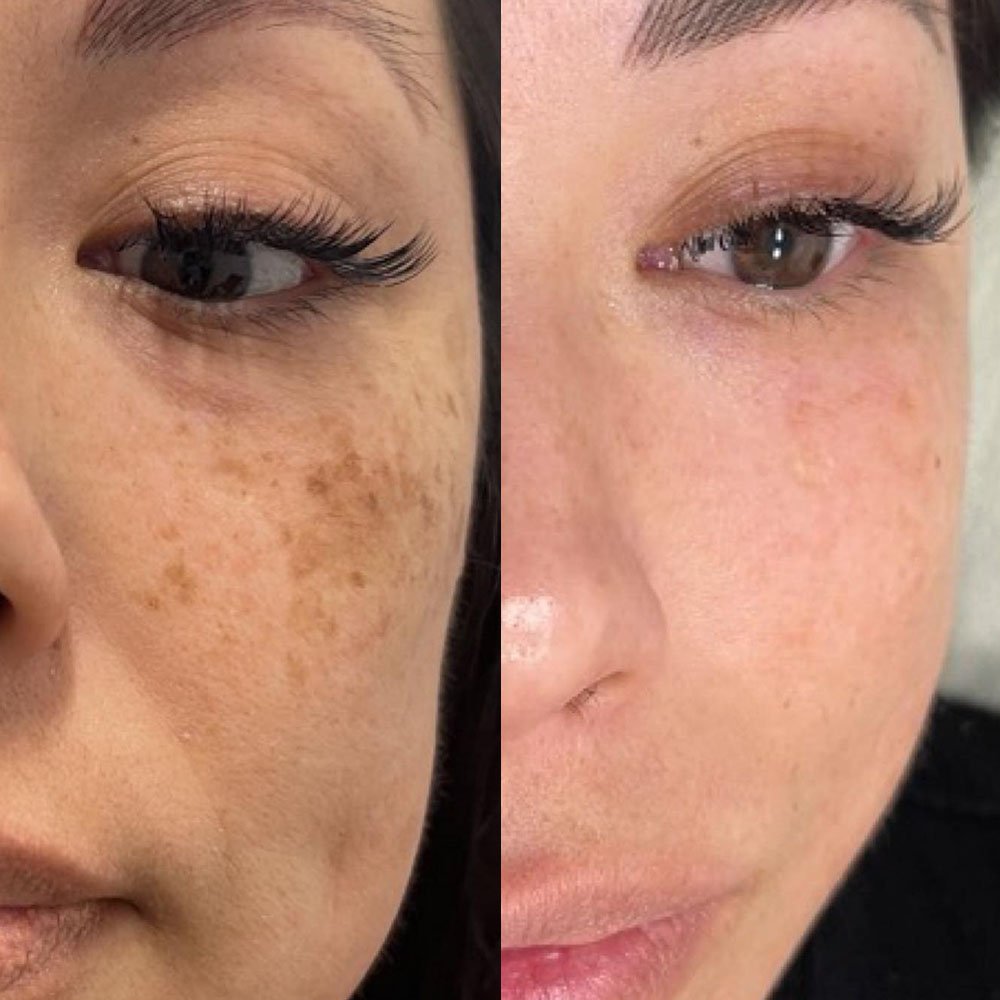From Blemishes to Radiance: Discovering the Magic of Laser Resurfacing for Skin
As we delve into the realm of laser skin resurfacing, it becomes clear that this treatment is not merely about appearance; it is about restoring confidence and enhancing one's natural beauty. With a variety of different lasers and techniques available, patients can choose a treatment that best fits their skin type and concerns. Understanding the science behind this technology will illuminate how it can lead to a journey from blemishes to beauty, significantly improving the quality and appearance of one’s skin.
Comprehending Laser Skin Resurfacing
Lasing dermal rejuvenation is a popular aesthetic treatment that utilizes cutting-edge laser technology to refine the aesthetics of the dermis. This technique is crafted to target multiple dermal flaws such as subtle creases, folds, blemishes, and irregular dermal color. By accurately stripping the outer strata of compromised dermis, it encourages the development of healthy dermal tissues, resulting in a much more radiant glow.
The process functions by aiming focused rays of light at specific areas of the dermis. There are two primary types of laser rejuvenation: destructive and non-invasive. Destructive lasers remove the top layer of dermis, while non-ablative lasers work under the top layer to encourage connective tissue production without injuring the top layer. The choice between these techniques relies on the person's dermal status, desired outcomes, and recovery duration.
Lasing dermal rejuvenation is an efficient option for people seeking to treat multiple skin problems. It not just enhances the texture and color but also assists to tighten the skin and reduce pores size. Comprehending the advantages and drawbacks of this treatment is important for those thinking about it, as it allows for knowledgeable decisions to attain the optimal feasible outcome for their dermis.
Perks of Laser Therapy
Laser resurfacing offers a variety of advantages for those seeking to improve their skin's appearance. One of the most significant features is its ability to reduce the appearance of wrinkles and lines. By boosting collagen production, the treatment helps to firm the skin, resulting in a refreshed and more radiant look. Many patients notice marked improvements not only in texture but also in overall skin complexion, as laser treatments can target discoloration and uneven skin tone.
Another key benefit is the procedure’s flexibility. Laser resurfacing can effectively treat a range of skin issues, including acne scars, sun damage, and age spots. This flexibility makes it an ideal choice for individuals looking to address specific flaws rather than relying on various treatments. The exactness of laser technology allows practitioners to customize the treatment to the unique needs of each patient, ensuring optimal results.
Additionally, the recovery time associated with laser skin treatments is often briefer compared to more intensive procedures. While some redness and swelling may occur initially, many individuals find that they can return to their daily activities relatively swiftly. This limited downtime, combined with long-lasting results, makes laser resurfacing an appealing option for those looking to achieve notable skin improvements without extensive downtime.
Post-Care and Outcomes
After receiving laser skin resurfacing, proper aftercare is crucial to attaining optimal results. Patients may face redness, swelling, and a sensation similar to a severe sunburn for a few days post-treatment. It is important to maintain the treated area hygienic and moisturized, using mild, non-aggravating products. Applying cold compresses can likewise aid alleviate discomfort. Additionally, protection from the sun is essential; patients should use a multi-spectrum sunscreen with an SPF of at least 30 to protect the healing skin from UV damage.
As the skin recovers, it will start to exfoliate or flake, revealing fresh, healthy skin underneath. This process typically takes about 1-2 weeks, depending on the depth of the treatment. During this time, it is crucial to resist the urge to scratch at the skin, as this can result in scarring or uneven healing. Following the aftercare guidelines provided by the skincare professional will significantly affect the overall result and duration of the results.
Once the healing process is complete, patients can anticipate to see significant gains in their skin's texture and tone. Fine lines, blemish marks, and skin discoloration may fade, resulting in a more vibrant and glowing appearance. While some may reach near-perfect results after one treatment, others may need multiple treatments to reach their desired outcome. Regular follow-up treatments and a good skincare regime can help preserve the benefits of laser resurfacing , allowing individuals to enjoy their revitalized skin for an extended period to come.
